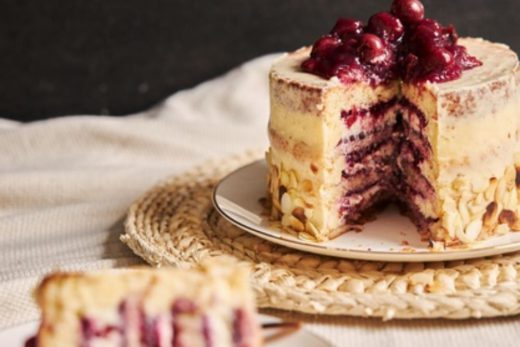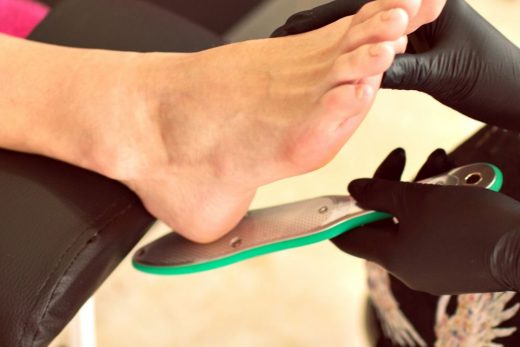Cleaning Starts in the Kitchen
Kitchen cleaning is very important for all of us. One of the parts of a home that should be germ-free, hygienic and clean, and perhaps most importantly, the kitchen. Thanks to the developing technology and products, keeping it clean is now much easier and effortless. In recent years, with new designs and decoration styles, the importance of cleanliness and hygiene has also increased in kitchens, which have turned into a living space where the whole family spends a lot of time and coexists. Experts accelerate their work in this field and develop new products every day for people to live in a cleaner, environmentally friendly and germ-free kitchen. It is now possible to work without fear in the kitchen with detergents and cleaning products produced with the latest technology.
CLEANING PRINCIPLES IN THE KITCHEN
The basic rule of preparing delicious and healthy food is of course a clean kitchen. So how should kitchen cleaning be? We all know the most basic rules for a kitchen to always be clean and hygienic. However, while applying this, we have prepared a short list for questions such as which is the right product, where to start or how to apply:
HOW SHOULD KITCHEN CLEANING BE?
Before washing plates, pots and food storage containers in the machine, be sure to clean the food residues accumulated in them. If you keep the dishes open, the contamination and proliferation of microbes increases. Remove food residues without drying them and with a suitable spatula or brush. If it is not cleaned enough, you can wipe it with half, half diluted bleach before putting it in the machine. Immediately clean up any spilled food. If you keep it waiting, this will prevent hygiene and cause permanent stains on the floor. The oven, sink, cooker and even the refrigerator must be clean at all times. Nowadays, although there are ovens that can do their own cleaning and refrigerators that provide hygiene with a special system, do not risk your work and do not neglect cleaning the device at regular intervals depending on the frequency of use. If the dishcloths and sponges are not cleaned thoroughly, bacteria will start to grow on it within a few hours. This creates an undesirable situation in terms of hygiene. Therefore, after each cleaning, boil the cloths and dry your sponges without detergent. After wiping your knife, which you used while cutting meat, to prevent bacteria from contaminating other foods, soak in boiling water and disinfect. Food residues that accumulate in the sink produce bacteria in a humid environment. Therefore, periodically disinfect your sink with chlorinated water or bleach-added detergents.
SEVEN PRACTICAL RECOMMENDATIONS FOR KITCHEN CLEANING
Pour a handful of salt and vinegar into the bottom holding jug, shake it. Rub stainless steel pots and cutlery, which have lost their shine, with the juice of the lemon peel you have squeezed or with warm vinegar water. Fill your old glass jug, which has lost its shine, halfway with newspaper, pour one third of hot water and shake well. Teflon pans and pots that are used frequently turn yellow over time. To do this, once in a while put water and some bleach in it, boil it. Then rinse first with hot and then cold water. Bacteria that can be found in the juice of raw meat and chicken products are dangerous by contaminating cooked foods. To avoid this, wash the counter and sink with hot soapy water or disinfect by adding a teaspoon of chlorine to four quarters of a glass of water and rinsing. Wash oily bottles first with detergent. Then pour sparkling water and rinse for five minutes. Finally, add coffee grounds and shake and pour. You can polish sooty and blackened kitchen utensils by rubbing them with lemon peels that you have dried in the sun.





